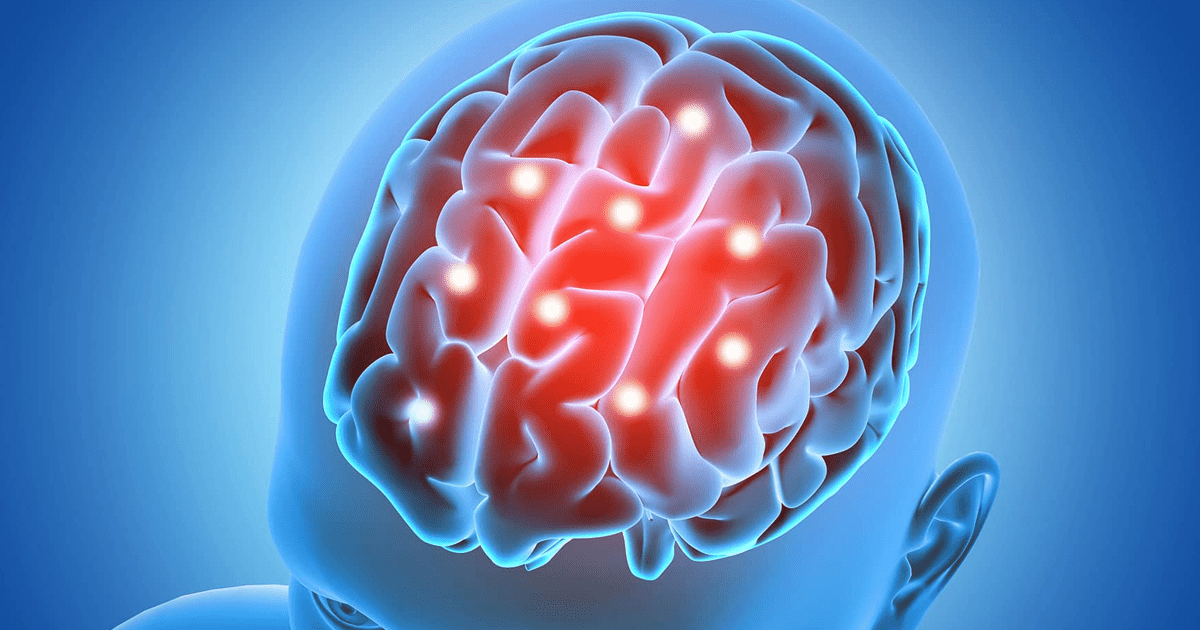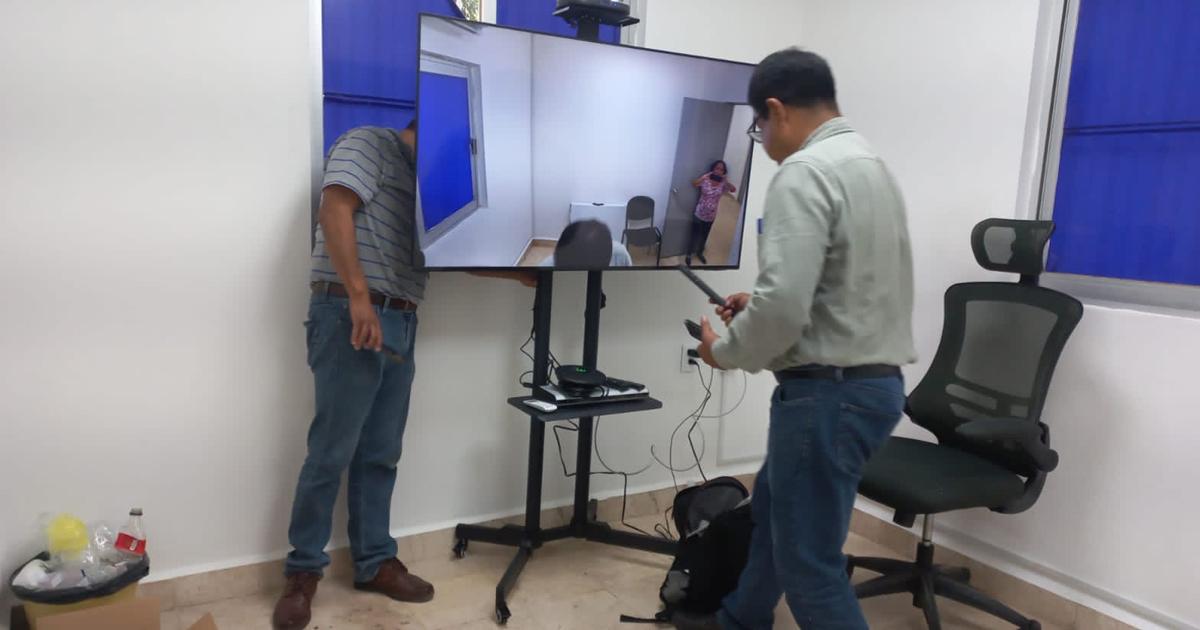The study was published by Human gene Therapy, a journal reviewed by Mary Ann Liebert
La investigación reveló avances sobre terapia génica para el tratamiento de la encefalopatía traumática crónica (ETC), fue realizada por investigadores del Departamento de Medicina Genética del Colegio Médico Weill Cornell, en Nueva York. El estudio demostró eficacia en la administración directa de la terapia génica en el cerebro a través de pruebas realizadas a ratones.

En la actualidad no existen tratamientos para específicos para ETC, un trastorno generado por traumatismos repetidos en el sistema nerviosos central, recurrente en soldados y deportistas, especialmente en jugadores de futbol americano. La inflamación da como resultado la acumulación de formas hiperfosforiladas de la proteína Tau (pTau).
Los investigadores se dieron a la tarea de desarrollar un vector de virus adenoasoaciado, para la administración del anticuerpo anti-pTau, y los resultados mostraron que, con la administración directa de este tratamiento en el hipocampo de ratones con lesión cerebral, se logró una reducción significativa en los niveles de pTau en su sistema nervioso central.
“La ETC es mucho más frecuente de lo que inicialmente se pensó, y actualmente no hay ninguna terapia disponible”, subrayó Terence R. Flotte, editor en jefe de la revista Human Gene Therapy, profesor de educación médica y decano, rector y vicecanciller ejecutivo de la Facultad de Medicina de la Universidad de Massachusetts, en Worcester (Estados Unidos). “Este nuevo trabajo es potencialmente innovador como un medio para eliminar la fosfoproteína Tau ofensiva”.







